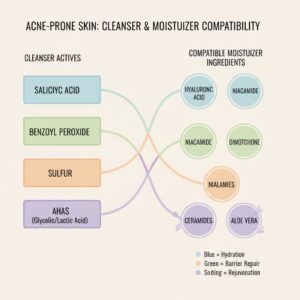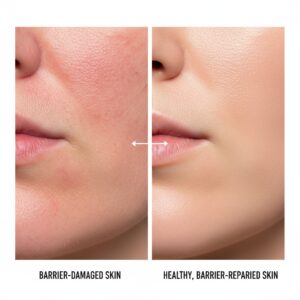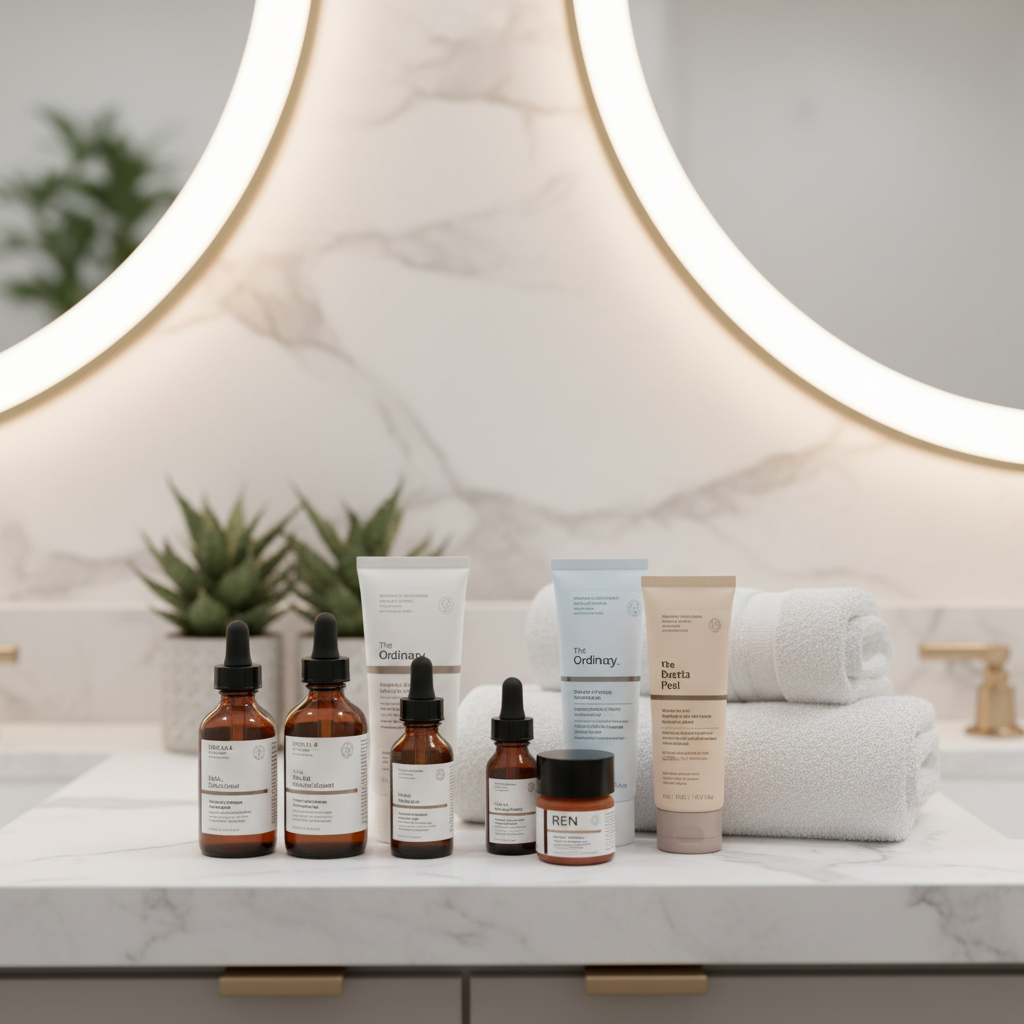
We all want that luminous, glassy skin—but with at-home chemical peels, one misstep can mean weeks of redness or worse. Lately, warnings from dermatologists are everywhere: strong, ‘professional strength’ acids sold online are triggering a wave of skin injuries and chemical burns. So, how do you chase that glow without gambling with your face? This safety-first guide curates only those at-home chemical peels that strictly stay within dermatologist- and FDA-recommended acid concentrations and pH levels, so you get results—not regrets.
The Dangerous Hype: Why ‘Professional Strength’ At-Home Peels Are a Red Flag
Recent trends show a spike in social media tutorials touting high-acid, ‘pro-grade’ peels for home use. Dermatologists are sounding alarms: DIY users are experiencing chemical burns and lasting pigmentation issues from peels that far exceed safe limits. According to Dr. Dennis Gross, “A licensed professional must administer higher concentrations of acid; they can damage skin if they’re not neutralized properly.”[1] Terms like ‘medical grade’, ‘spa formula’, or anything above 20% glycolic or 2% salicylic acid for home use? Back away.
Stick to brands that clearly state concentrations and pH, follow legal limits, and provide robust instructions. Vague percentages or aggressive wording are the new buyer beware.

Know Your Limits: What Makes a Chemical Peel Safe for At-Home Use?
Dermatologist consensus and FDA guidance recommend the following maximum safe concentrations for home peels:
- Glycolic Acid: Up to 10-15%
- Lactic Acid: Up to 10-15%
- Salicylic Acid: Up to 2%
- Mandelic Acid: Up to 10-15%
- pH: Never lower than 3.0 for at-home use
Anything above these strengths is for professional, in-office application only[1][2]. Always patch test and avoid peels if you have active irritation, sunburn, or are using medications like isotretinoin[2].
Vetted and Safe: Top At‑Home Chemical Peels Within Dermatologist-Approved Limits (2025)
Here’s a curated list of at-home chemical peels that balance efficacy and safety, along with prices (as of November 2025):
| Product | Key Acids (%) | Skin Type/Concern | Price | Why It’s Safe |
|---|---|---|---|---|
| Shani Darden Triple Acid Signature Peel | Glycolic/Lactic/Salicylic (<15%) | All (glow, texture, pores) | $125 (5 treatments) | Derm-formulated, clear acid breakdown, strict instructions[1] |
| Renée Rouleau Triple Berry Smoothing Peel | AHAs (blend, ~10%), antioxidants | Sensitive, redness-prone | $88 (1.7 oz) | Gentle, pH balanced, ideal for first-timers[1] |
| Dr Dennis Gross Alpha Beta Universal Daily Peel | AHA/BHA (under 10/2%) | All (anti-aging, acne, tone) | $88 (30 treatments) | Two-step, neutralizing, dermatologist-developed[2] |
| L’Oréal Paris Bright Reveal Dark Spot Exfoliant Peel | Glycolic (~10%), phytic acid | Hyperpigmentation, uneven skin | $28 (3.4 oz) | Drugstore, clear label, gentle[1] |
| Platinum Skincare Mandelic Acid Peel 10% | Mandelic (10%) | Acne, sensitive skin, rosacea | $29 (1 oz) | COA, education booklet, transparent[3][4] |
| Glo Skin Beauty Hydra-Bright AHA Glow Peel | Lactic, glycolic (total ~12%) | Dullness, dryness, aging | $85 (4 treatments) | Pro-level, home-safe, no irritation[5] |
Each of these options is designed for at-home use, with concentrations that maximize results without crossing into risky territory.
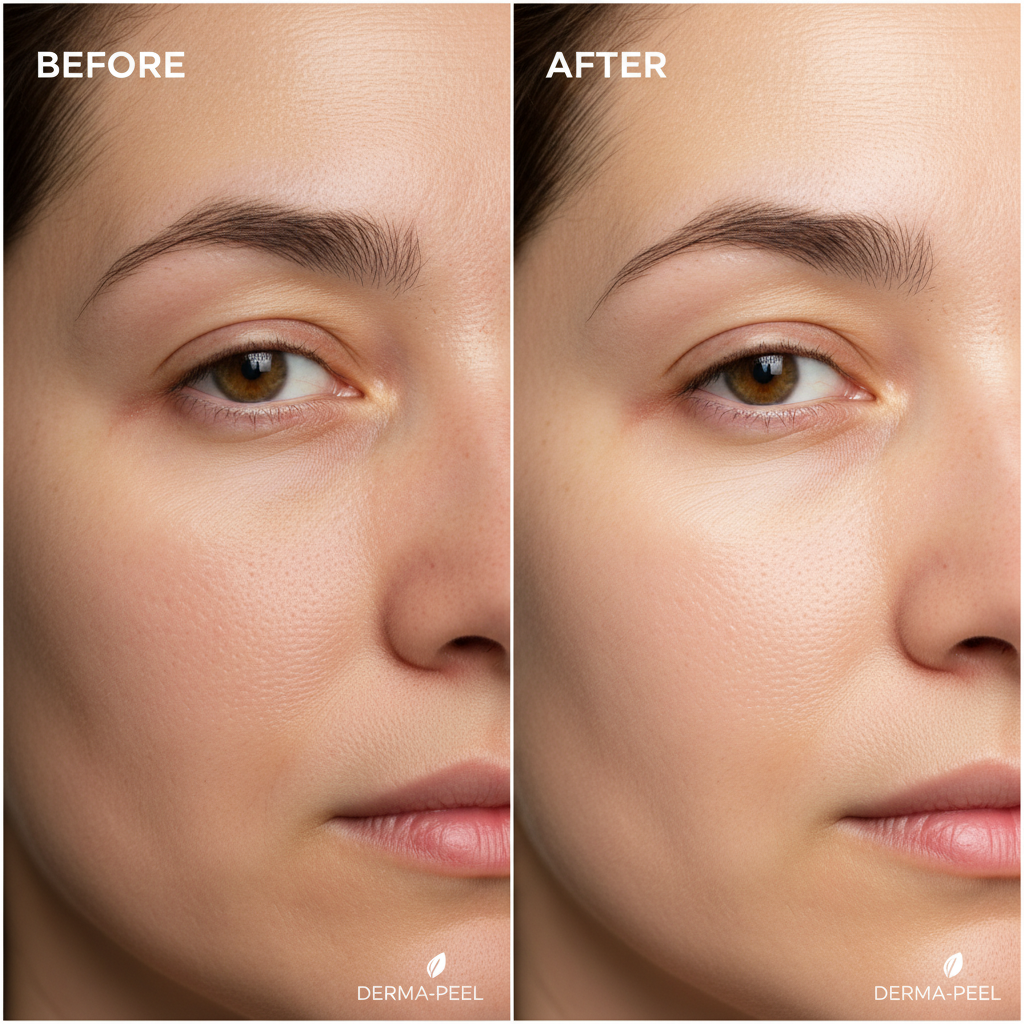
How to Choose the Right Peel for Your Skin Type
- For sensitive or redness-prone skin: Choose a mandelic or lactic acid peel under 10% (Renée Rouleau, Platinum Skincare).
- If battling acne and oily skin: Salicylic acid (under 2%) or a gentle AHA/BHA blend (Dr Dennis Gross, Shani Darden).
- For dark spots or texture: Glycolic or phytic acid blends (L’Oréal Paris, Glo Skin Beauty).
- For mature skin or dullness: Look for antioxidant-rich, AHA peels with peptides (Glo Skin Beauty, Shani Darden).
Always start slow: once per week for beginners, and never mix with other actives like retinol or benzoyl peroxide.
Red Flag Checklist: Spotting Unsafe At-Home Peel Products
Use this 5-second safety scan before you buy or apply:
- Clear acid percentages and pH stated
- No claims of ‘professional/medical strength’ for home use
- Includes thorough, step-by-step instructions
- Comes from a reputable, established skin care brand
- Look for dermatologist endorsement or clinical testing
If a product skips any of these, put it right back on the (virtual) shelf.
Expert Tips: Maximizing Results, Minimizing Risk
- Patch test every new peel behind your ear or on your jaw before first use.
- Set a timer and never exceed recommended leave-on times. Start with less than the maximum.
- Apply vaseline/barrier balm to sensitive zones (corners of nose, mouth, eyes) as a buffer[2].
- Always follow with broad-spectrum SPF 30+ daily, as your skin will be more sun-sensitive.
- Discontinue if you experience severe stinging, swelling, or blistering and contact your dermatologist.
Act Now: What’s Flying Off the Shelves (and Why You Shouldn’t Wait)
With holiday sales and a surge in demand for safe home treatments, several top-rated, dermatologist-approved peels are selling out quickly. Brands like Shani Darden and Dr Dennis Gross have seen waitlists exceed four weeks in 2025 due to viral social media endorsements and glowing user reviews. Don’t miss out—secure your pick now and avoid the FOMO later.
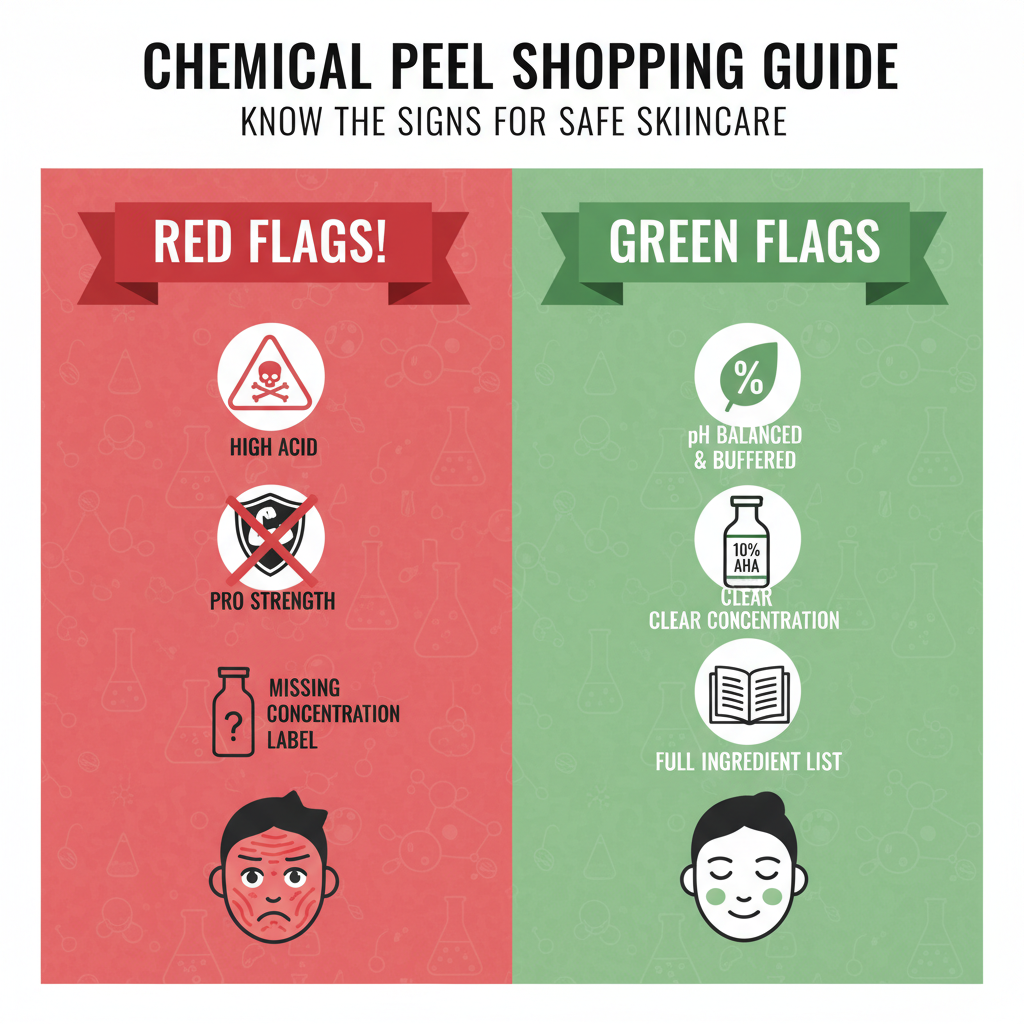
Ready to glow safely? Choose from the vetted list above, and always follow the golden rule: if it doesn’t clearly declare its acid percentage and pH, it doesn’t get near your face.

